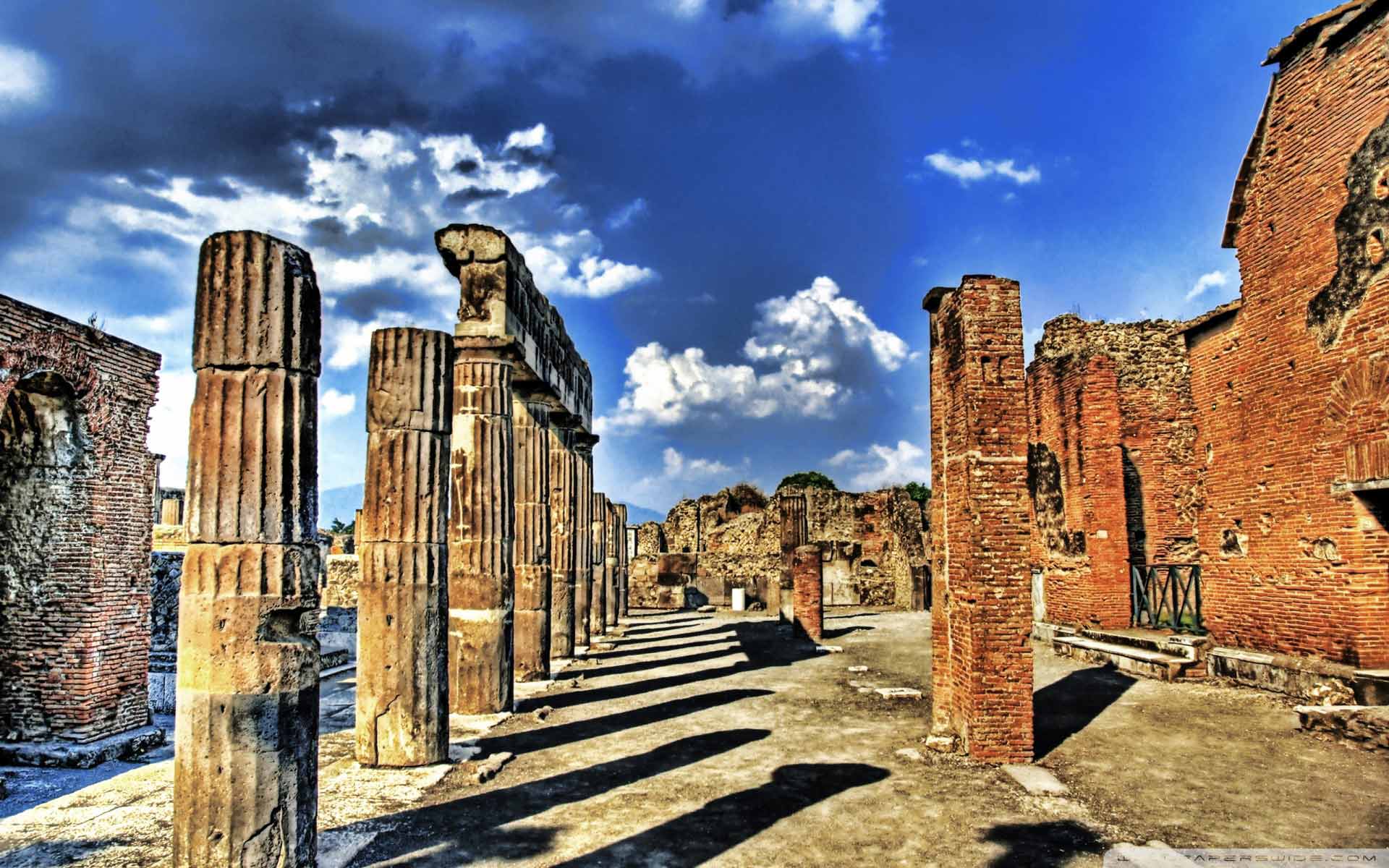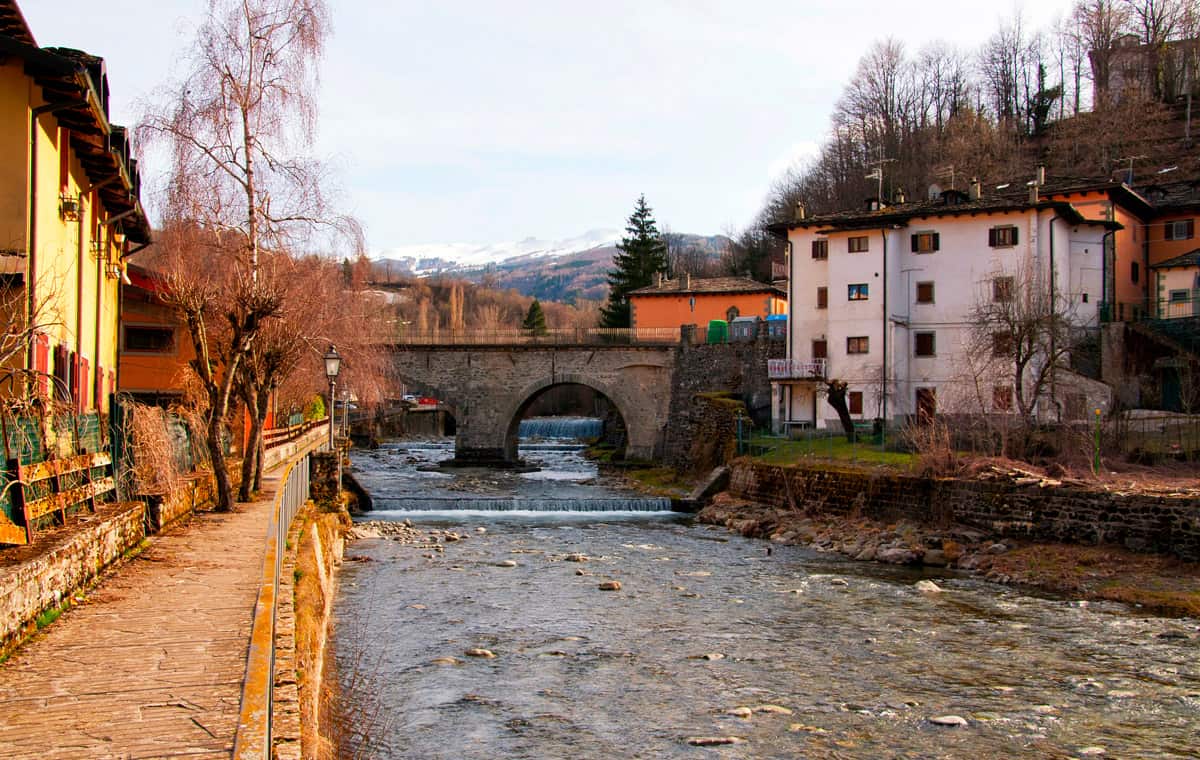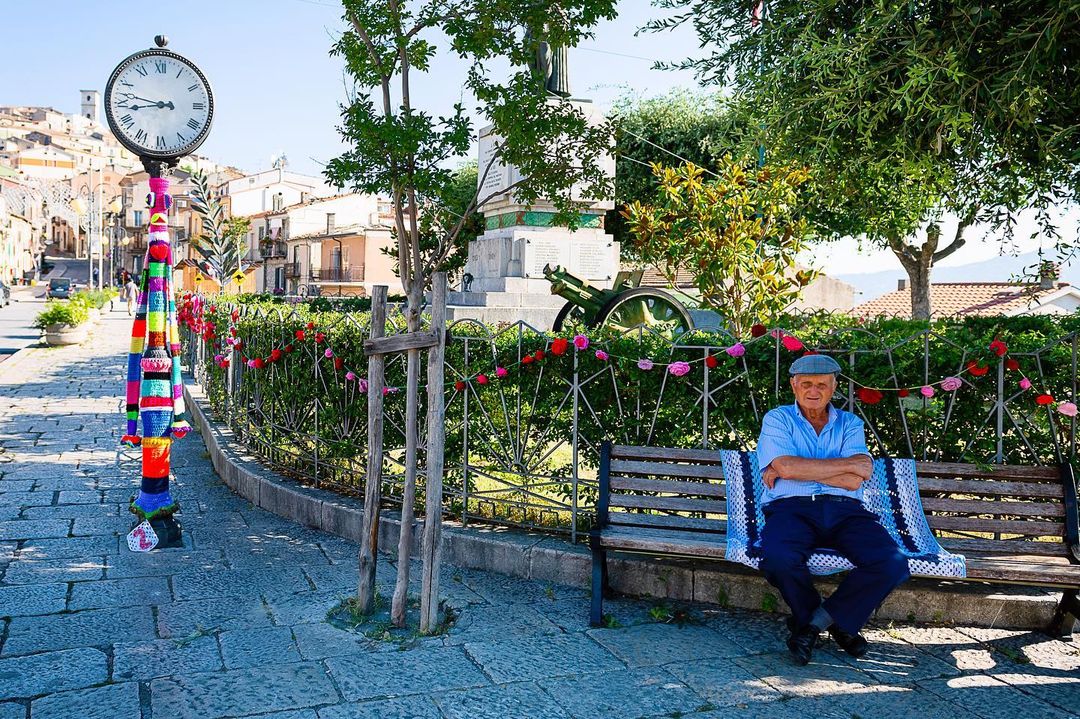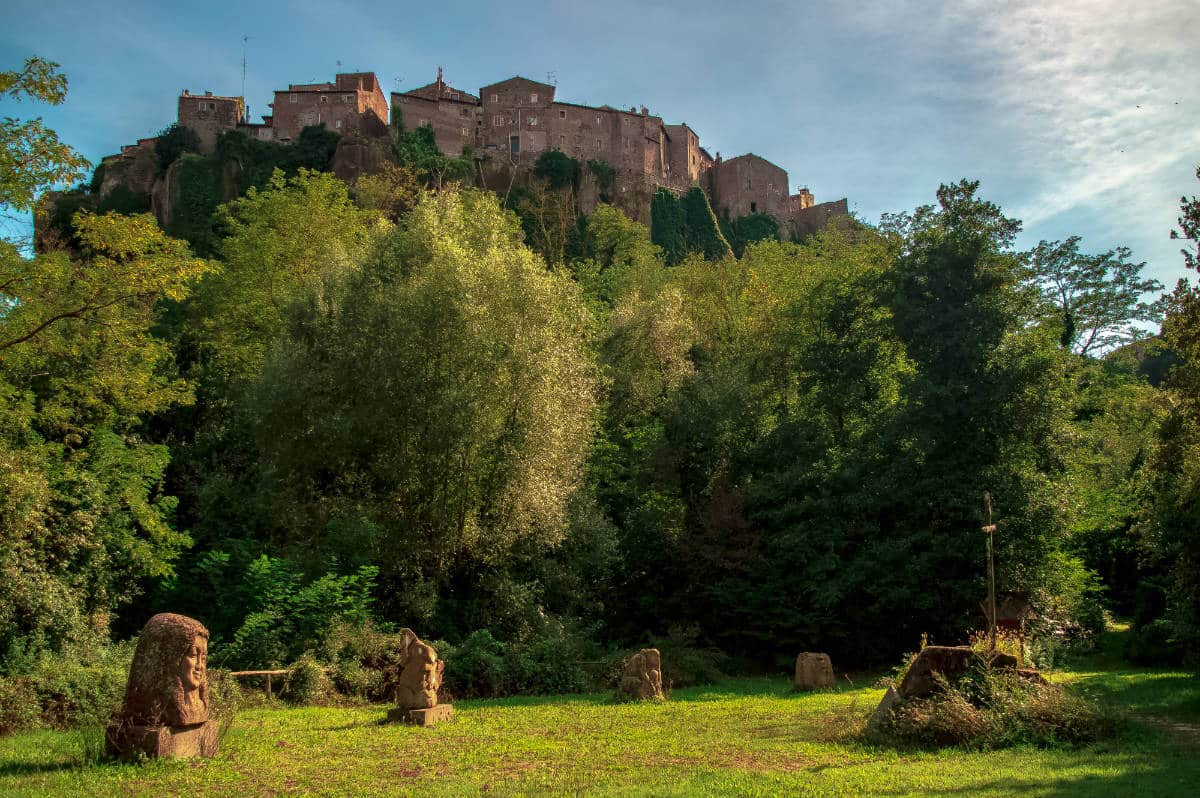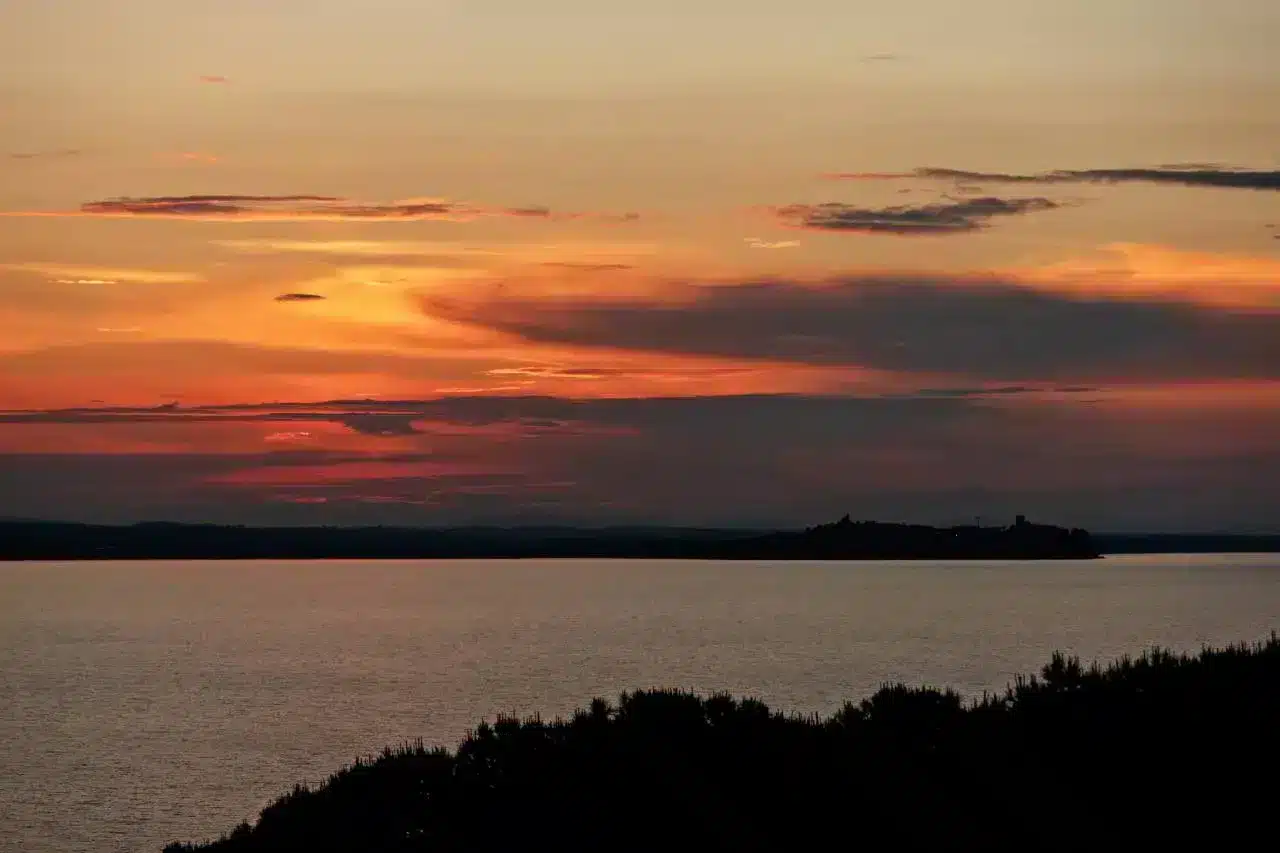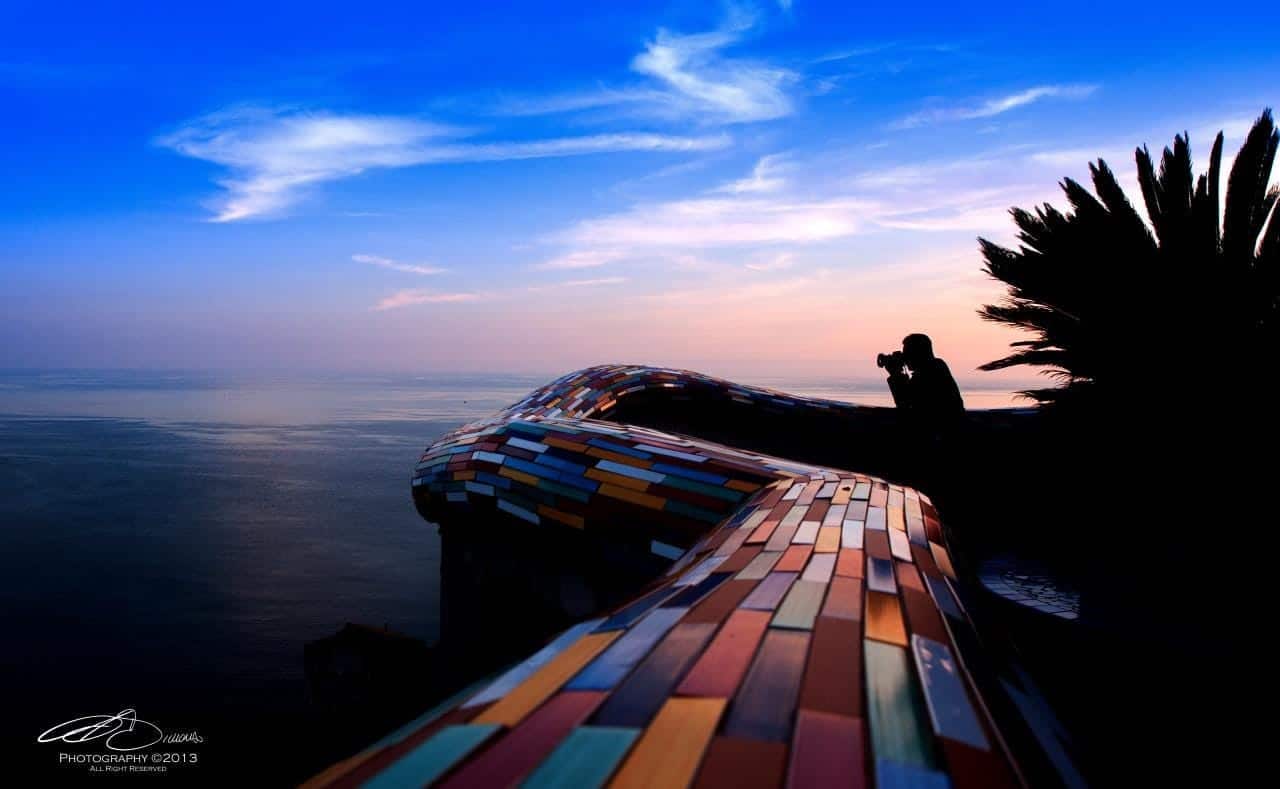Our country is rich in wonders of inestimable cultural, architectural and natural value: in fact, 53 Italian sites have become part of the UNESCO World Heritage Site. It is a point of pride for our territory that pushes us more and more to turn our attention within our borders and leads us to explore places that have always been known but never visited. Often, these points of interest push the planning of an entire vacation to an Italian region, otherwise, simply, they push us to spend our week-ends in discovering the region we live in.
We decided to map the 6 UNESCO sites in Campania to meet this need: enjoy your exploration!
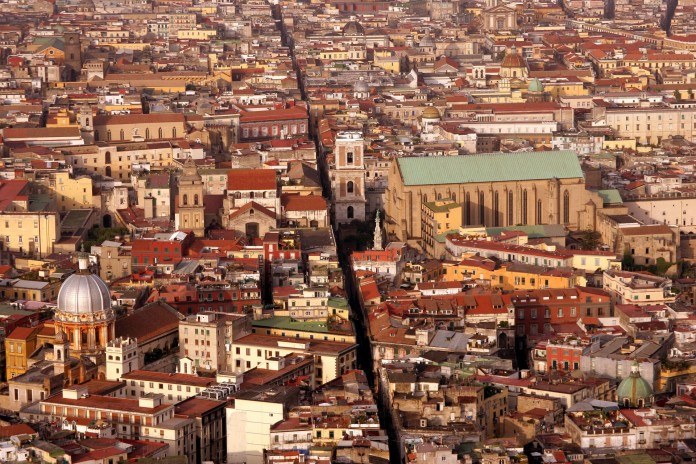
- Historical Center of Naples – year of registration: 1995 | Category: cultural site
Naples, a dream town founded by Greek colonists in 470 BC under the name of Neapolis, has a golden heart, divided into two by the famous Spaccanapoli. This famous street is populated by the north and south of the old town, full of perfumes, colors, but also chaos and traffic. The center of Naples has something very noble, but also popular; ancient and at the same time dynamic and unstoppable. This historical center was the focus of fundamental historical events, and cradled the most sophisticated artistic creations of all ages, from Greek to Romanesque to Byzantine, from Norman to Renaissance, to contemporary works.
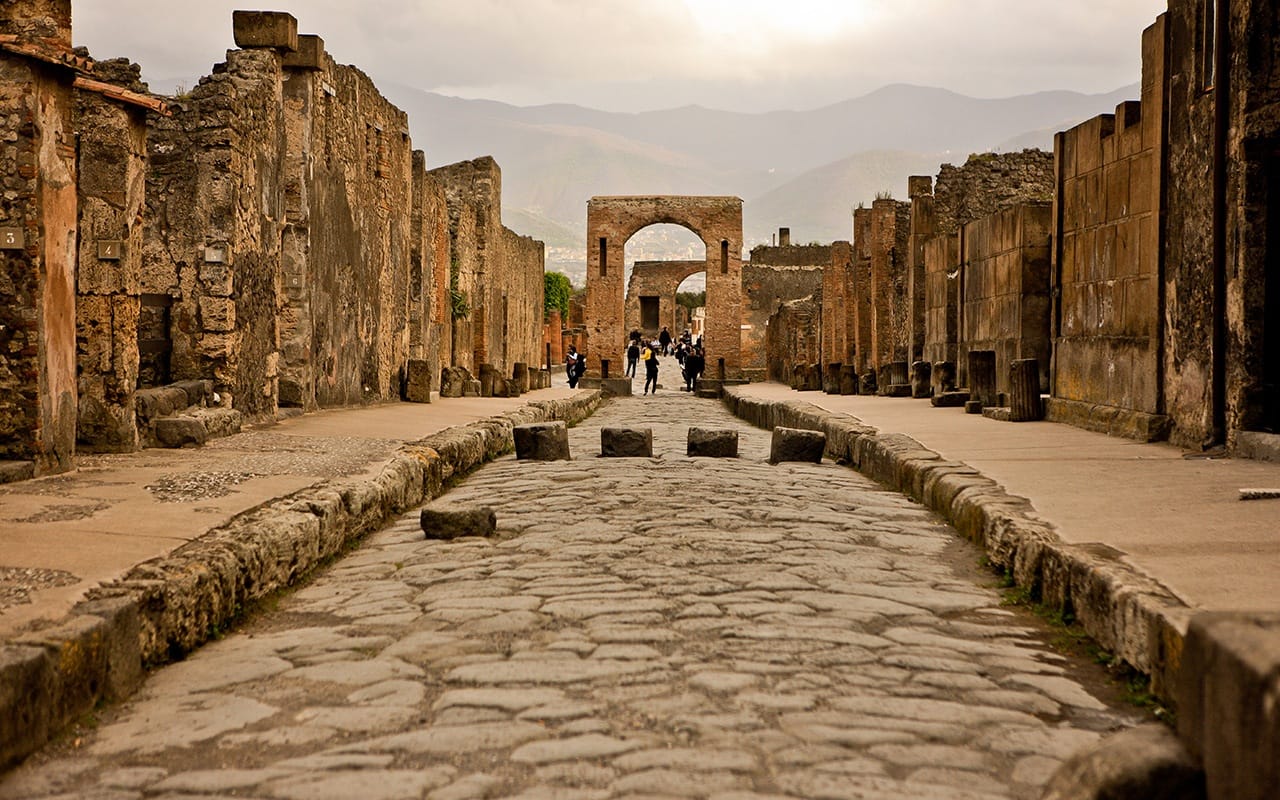
- Archaeological areas of Pompei, Herculaneum and Torre Annunziata – year of registration: 1997 | Category: archaeological site / monument
August 24, 79 d. C., an eruption of Vesuvius buried the two thriving Roman cities of Pompeii and Herculaneum, along with all their rich homes. Beginning in the mid-1900s, these precious testimonies have been re-released and can now be enjoyed by the public.
The Pompeian excavations can not compete for overburdened by the more limited ones of Herculaneum, however, these are better preserved. The wall paintings of Villa Oplontis of Torre Annunziata, on the other hand, represent a living testimony to the opulent tenure of life of the richest citizens of the early years of the Roman Empire.
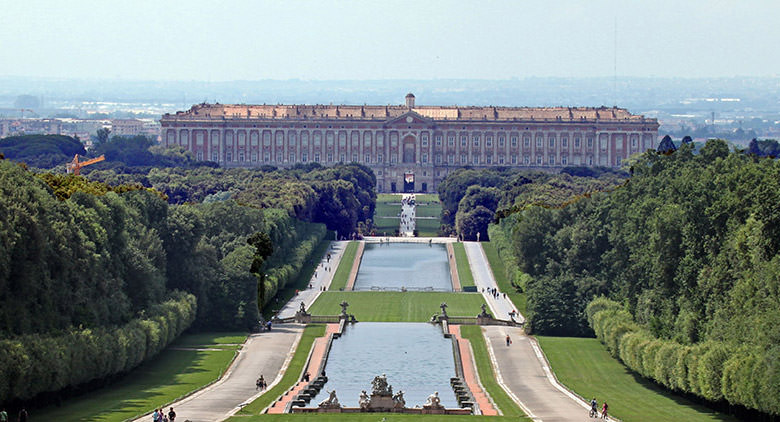
- The Royal Palace of the XVIII century. of Caserta with the park, the Vanvitelli Aqueduct and the Complex of S. Leucio – year of registration: 1997 | Category: cultural site
The monumental complex of Caserta, created by Carlo III of Bourbon in the mid 18th century in order to rival with Versailles and Madrid, is composed of a magnificent palace with its park, gardens, a natural area, hunting halls and an industrial complex for silk production. A clear and concrete expression of the Illuminist period, well integrated and not imposed in its environmental context.
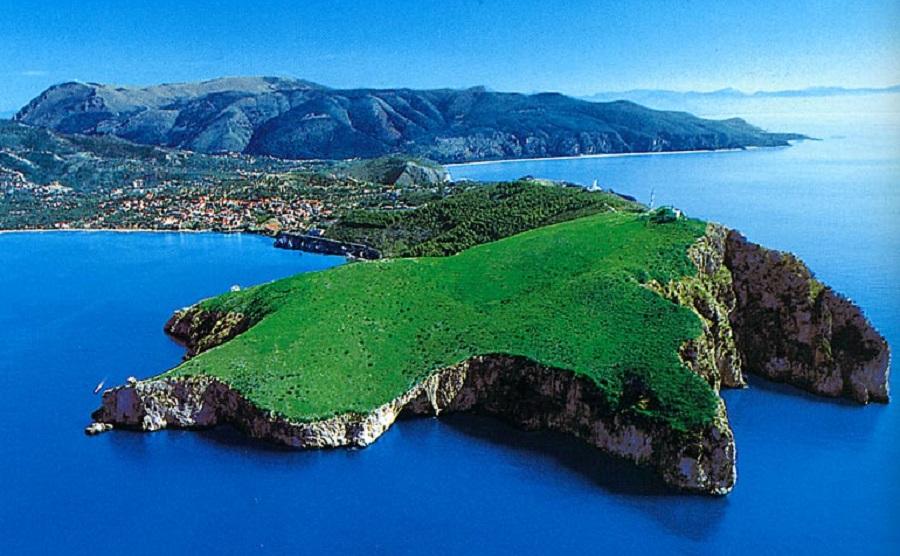
- National Park of Cilento and Vallo di Diano with the archaeological sites of Paestum and Velia and the Certosa of Padula – year of registration: 1998 | Category: cultural landscape
The Cilento area represents an exceptional cultural landscape. In this area you can find shrines and buildings of great value, scattered along the three chains. True frontier between the Greek colonies of Magna Grecia and the indigenous Etruscan and Lucan peoples, the site preserves the vestiges of two important classical cities: Paestum and Velia.
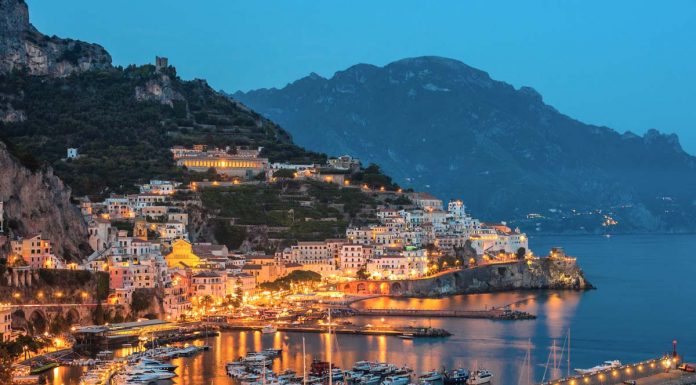
- Amalfi Coast – year of registration: 1997 | Category: cultural site
Variety of fauna and flora and unmatched beauty: the Amalfi Coast can not leave indifferent. This area has been populated since ancient times since the beginning of the Middle Ages. It includes a large number of towns like Amalfi and Ravello, which host major artistic and architectural masterpieces. The agricultural areas testify to the adaptation ability of its inhabitants, who have been able to exploit the different types of land, cultivating vineyards and orchards (lower areas) and “sheepdogs” (upper areas) on the terrace.
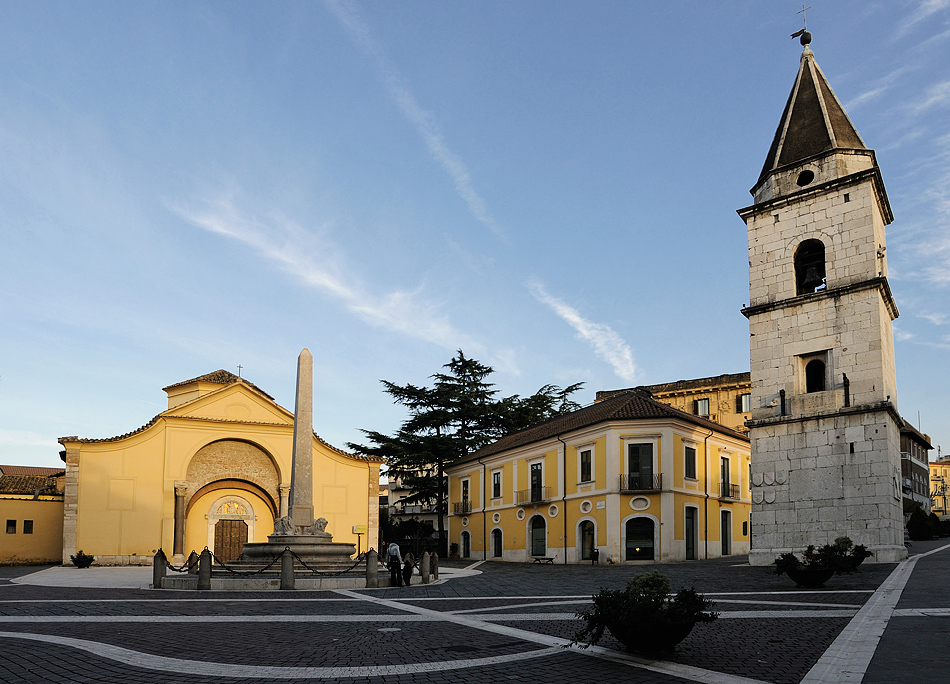
- “The Longobards in Italy The Places of Power (568-774 AD)” – year of registration: 2011
The series includes the most important monumental Longobarde existing in Italy, located right here in Campania: the domains of the most important Ducati Longobards were located in these areas: a clear example is the village of Sant’Agata de’ Goti.
To win the UNESCO honor, the church of Santa Sofia in Benevento – one of the most complex and best preserved longobard structures of the time, which on the walls still shows important pieces of the early medieval painting cycles, the highest testimony of “beneventan paintings”.


